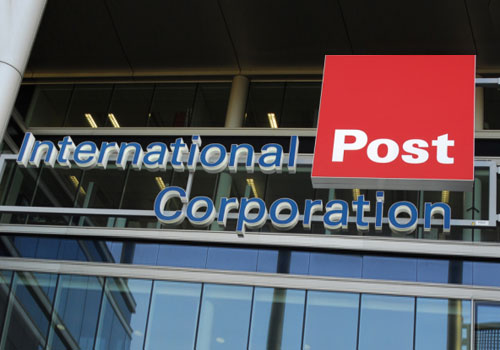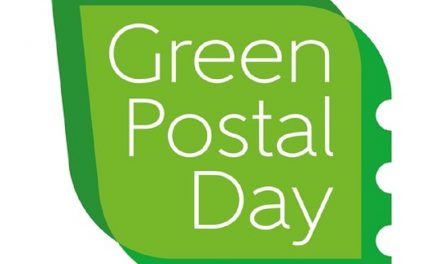
Postal sector continues to lead in carbon emissions reduction efforts, says IPC

The International Post Corporation (IPC) has reported that participants in the IPC Environmental Measurement and Monitoring System (EMMS) have continued to work together to collectively reduce the postal sector’s carbon footprint, and they achieved some “excellent” results. In a statement sent to Post&Parcel today (4 November), Holger Winklbauer, CEO of IPC, said: “After meeting our 20% emissions reduction target six years early last year, our participants demonstrated ongoing leadership throughout all categories of the programme. For example: one of the reasons of the continuous improvements is that our participants are increasingly switching to renewable electricity. In 2015, 25% of total electricity used by our participants was considered green electricity, a significant increase from 16% in 2014.”
In 2015, EMMS participants achieved an average CMP score of 85 compared to 82 in 2014. This represents 29 percentage points since 2008, equalling to an annual average increase of 4.1%. In 2015, the 2020 CMP target of 90% had been surpassed by six posts, while a further 11 posts achieved overall scores of at least 75%.
Following the group’s success last year in reaching the 20% emissions reduction target, the participants’ continued efforts to improve their carbon management and drove further emissions reductions this year. The group’s emissions have decreased by 22.4% since the start of the programme, from 8,830,000 tonnes in 2008 to 6,852,000 tonnes in 2015. By aggregating savings since 2008, this equates to more than 10m tonnes of carbon emissions that have been avoided by the EMMS participants over the seven-year period.
In 2014, a new delivery efficiency target was formally introduced for the group to broaden the programme’s scope and continue the EMMS participants’ emissions reduction efforts. The new target aims to achieve a 20% reduction in emissions per letter mail and per parcel by 2025, from a 2013 baseline.
In January 2016, this delivery efficiency target was approved as a sectoral benchmark by the Science Based Targets (SBT) initiative’s Steering Committee. This ensures that the target aligns with the latest climate science, and that emissions reductions are in line with the reductions required to meet the COP21 Paris Agreement’s goal.
The group’s letter mail delivery efficiency has remained stable since the 2013 baseline, with the group reporting 37.2 grams of CO2 per item in 2015 compared to 36.9 grams per item in 2013. Meanwhile, parcel delivery efficiency saw significant improvement, with the group reporting 439.9 grams of CO2 per item compared to 468.7 grams per item in 2014, a further decrease from 505.0 grams per item in 2013. This represents a 13% decrease in emissions per parcel in just two years.
Winklbauer commented: “Although letter mail efficiency remained relatively stable between 2014 and 2015, the group achieved a greater reduction in absolute emissions associated with letter mail delivery than between 2013 and 2014. However, the decrease in letter mail volumes between 2014 and 2015 was also greater than the previous year.
“The continuing decline in letter mail volumes presents a growing challenge for participants in improving letter mail delivery efficiency. Meanwhile, although the group’s emissions associated with parcel delivery increased between 2014 and 2015, the number of parcels delivered increased at a greater rate. This illustrates the growth of e-commerce and the associated rapid increase in parcel volumes currently being experienced by the sector, offering big opportunities for the postal operators.”
IPC published the 2016 IPC Postal Sector Sustainability Report at the occasion of its Board meeting in Toronto, Canada.
The online version of the eight annual Postal Sector Sustainability Report can be consulted here. It also includes 18 best practice cases showcasing some successful environmental initiatives taken by EMMS participants.












